Roy J. Glauber3527406875, 9783527406876, 9783527609918
Written by the Nobel Laureate himself, the concepts described in this book have formed the basis for three further Nobel Prizes in Physics within the last decade.
Table of contents :
Quantum Theory of Optical Coherence……Page 4
Contents……Page 8
Foreword……Page 14
1.1 Introduction……Page 19
1.2 Elements of Field Theory……Page 20
1.3 Field Correlations……Page 25
1.4 Coherence……Page 28
1.5 Coherence and Polarization……Page 33
Appendix……Page 36
References……Page 38
2.1 Introduction……Page 41
2.1.1 Classical Theory……Page 45
2.2 Interference Experiments……Page 48
2.3 Introduction of Quantum Theory……Page 53
2.4 The One-Atom Photon Detector……Page 56
2.5 The n-Atom Photon Detector……Page 64
2.6 Properties of the Correlation Functions……Page 69
2.6.1 Space and Time Dependence of the Correlation Functions……Page 72
2.7 Diffraction and Interference……Page 74
2.7.1 Some General Remarks on Interference……Page 76
2.7.2 First-Order Coherence……Page 77
2.7.3 Fringe Contrast and Factorization……Page 82
2.8 Interpretation of Intensity Interferometer Experiments……Page 84
2.8.1 Higher Order Coherence and Photon Coincidences……Page 85
2.8.2 Further Discussion of Higher Order Coherence……Page 88
2.8.3 Treatment of Arbitrary Polarizations……Page 89
2.9.1 Introduction……Page 93
2.9.2 Field-Theoretical Background……Page 95
2.9.3 Coherent States of a Single Mode……Page 98
2.9.4 Expansion of Arbitrary States in Terms of Coherent States……Page 104
2.9.5 Expansion of Operators in Terms of Coherent State Vectors……Page 107
2.9.6 General Properties of the Density Operator……Page 110
2.9.7 The P Representation of the Density Operator……Page 112
2.9.8 The Gaussian Density Operator……Page 118
2.9.9 Density Operators for the Field……Page 122
2.9.10 Correlation and Coherence Properties of the Field……Page 127
2.10 Radiation by a Predetermined Charge–Current Distribution……Page 135
2.11 Phase-Space Distributions for the Field……Page 139
2.11.1 The P Representation and the Moment Problem……Page 141
2.11.2 A Positive-Definite “Phase Space Density”……Page 142
2.11.3 Wigner’s “Phase Space Density”……Page 145
2.12 Correlation Functions and Quasiprobability Distributions……Page 150
2.12.1 First Order Correlation Functions for Stationary Fields……Page 152
2.12.2 Correlation Functions for Chaotic Fields……Page 154
2.12.3 Quasiprobability Distribution for the Field Amplitude……Page 157
2.12.4 Quasiprobability Distribution for the Field Amplitudes at Two Space-Time Points……Page 163
2.13 Elementary Models of Light Beams……Page 166
2.13.1 Model for Ideal Laser Fields……Page 171
2.13.2 Model of a Laser Field With Finite Bandwidth……Page 174
2.14 Interference of Independent Light Beams……Page 182
2.15 Photon Counting Experiments……Page 188
References……Page 199
3.1 Introduction……Page 201
3.2 Correlation Functions and Coherence Conditions……Page 202
3.3 Correlation Functions as Scalar Products……Page 204
3.4 Application to Higher Order Correlation Functions……Page 207
3.5 Fields With Positive-Definite P Functions……Page 209
References……Page 213
4.1 Introduction……Page 215
4.2 Evaluation of the Density Operator……Page 217
4.3 Fully Coherent Fields……Page 223
4.4 Unique Properties of the Annihilation Operator Eigenstates……Page 227
References……Page 234
5 Classical Behavior of Systems of Quantum Oscillators……Page 235
References……Page 238
6.1 Introduction……Page 239
6.2 The Coherent States and the P Representation……Page 241
6.3 Model of the Parametric Amplifier……Page 245
6.4 Reduced Density Operator for the A Mode……Page 251
6.5 Initially Coherent State: P Representation for the A Mode……Page 252
6.6 Initially Coherent State; Moments, Matrix Elements, and Explicit Representation for ρ(A)(t)……Page 256
6.7 Solutions for an Initially Chaotic B Mode……Page 259
6.8 Solution for Initial n-Quantum State of A Mode; B Mode Chaotic……Page 262
6.9 General Discussion of Amplification With B Mode Initially Chaotic……Page 267
6.10 Discussion of P Representation: Characteristic Functions Initially Gaussian……Page 270
6.11 Some General Properties of P(α,t)……Page 276
Appendix……Page 278
References……Page 279
7.1 Introduction……Page 281
7.2 The Two-Mode Characteristic Function……Page 283
7.3 The Wigner Function……Page 285
7.4 Decoupled Equations of Motion……Page 289
7.5 Characteristic Functions Expressed in Terms of Decoupled Variables……Page 291
7.6 W and P Expressed in Terms of Decoupled Variables……Page 293
7.7 Results for Chaotic Initial States……Page 296
7.8 Correlations of the Mode Amplitudes……Page 301
References……Page 304
8.1 Introduction……Page 305
8.2 Classical Theory……Page 306
8.3 Quantum Theory: Introduction……Page 308
8.4 Intensity and Coincidence Measurements……Page 311
8.5 First and Higher Order Coherence……Page 315
8.6 The Coherent States……Page 318
8.7 Expansions in Terms of the Coherent States……Page 325
8.8 Characteristic Functions and Quasiprobability Densities……Page 331
8.9 Some Examples……Page 337
8.10 Photon Counting Distributions……Page 340
References……Page 347
9.1 Introduction……Page 349
9.2 Coherent States and Displacement Operators……Page 351
9.3 Completeness of Displacement Operators……Page 355
9.4 Ordered Power-Series Expansions……Page 363
9.5 s-Ordered Power-Series Expansions……Page 371
9.6 Integral Expansions for Operators……Page 376
9.7 Correspondences Between Operators and Functions……Page 384
9.8 Illustration of Operator–Function Correspondences……Page 393
Appendix A……Page 395
Appendix B……Page 396
Appendix C……Page 397
References……Page 398
10.1 Introduction……Page 401
10.2 Ordered Operator Expansions……Page 403
10.3 The P Representation……Page 407
10.4 Wigner Distribution……Page 411
10.5 The Function ……Page 417
10.6 Ensemble Averages and s Ordering……Page 420
10.7 Examples of the General Quasiprobability Function W(α,s)……Page 426
10.8 Analogy with Heat Diffusion……Page 434
10.9 Time-Reversed Heat Diffusion and W(α,s)……Page 436
10.10 Properties Common to all Quasiprobability Distributions……Page 438
References……Page 441
11.1 Introduction……Page 443
11.2 The Statistical Properties of the Electromagnetic Field……Page 444
11.3 The Ideal Photon Detector……Page 446
11.4 Correlation Functions and Coherence……Page 447
11.5 Other Correlation Functions……Page 450
11.6 The Coherent States……Page 452
11.7 Expansions in Terms of Coherent States……Page 455
11.8 A Few General Observations……Page 457
11.9 The Damped Harmonic Oscillator……Page 458
11.10 The Density Operator for the Damped Oscillator……Page 462
11.11 Irreversibility and Damping……Page 465
11.12 The Fokker–Planck and Bloch Equations……Page 467
11.13 Theory of Photodetection. The Photon Counter Viewed as a Harmonic Oscillator……Page 471
11.14 The Density Operator for the Photon Counter……Page 477
References……Page 480
12.1 Introduction……Page 481
12.2 Classical Theory……Page 486
12.3 Quantum Theory……Page 489
12.4 Intensity and Coincidence Measurements……Page 492
12.5 Coherence……Page 505
12.6 Coherent States……Page 513
12.7 The P Representation……Page 517
12.8 Chaotic States……Page 532
12.9 Wavepacket Structure of Chaotic Field([11])……Page 539
References……Page 548
13.1 Introduction……Page 549
13.2 Basic Equations for a Simple Model……Page 550
13.3 Onset of Superfluorescence……Page 552
References……Page 554
14.1 Introduction: Two Paradoxes……Page 555
14.2 A Quantum-Mechanical Attenuator: The Damped Oscillator……Page 560
14.3 A Quantum Mechanical Amplifier……Page 566
14.4 Specification of Photon Polarization States……Page 576
14.5 Measuring Photon Polarizations……Page 579
14.6 Use of the Compound Amplifier……Page 581
14.7 Superluminal Communication?……Page 583
14.8 Interference Experiments and Schrödinger’s Cat……Page 587
References……Page 593
15.1 Introduction……Page 595
15.2 Equations of Motion and Their Solutions……Page 596
15.3 The Wave Functions……Page 599
15.4 Periodic Fields and Trapping……Page 602
15.5 Interaction With the Radiation Field……Page 605
15.6 Sum Rules……Page 608
15.7 Radiative Equilibrium and Instability……Page 610
References……Page 612
16.1 Introduction……Page 613
16.3.1 Displacement Operators……Page 615
16.3.2 Coherent States……Page 617
16.3.3 Intrinsic Descriptions of Fermionic States……Page 618
16.4.2 Even and Odd Functions……Page 619
16.4.4 Integration……Page 620
16.4.5 Integration by Parts……Page 621
16.4.7 Completeness of the Displacement Operators……Page 622
16.5.1 The Identity Operator……Page 623
16.5.3 Physical States and Operators……Page 624
16.5.4 Physical Density Operators……Page 625
16.6 δ Functions and Fourier Transforms……Page 626
16.7 Operator Expansions……Page 628
16.8 Characteristic Functions……Page 630
16.8.1 The s-Ordered Characteristic Function……Page 631
16.9 s-Ordered Expansions for Operators……Page 632
16.10 Quasiprobability Distributions……Page 634
16.11 Mean Values of Operators……Page 636
16.12 P Representation……Page 637
16.13 Correlation Functions for Fermions……Page 638
16.14 Chaotic States of the Fermion Field……Page 639
16.15 Correlation Functions for Chaotic Field Excitations……Page 642
16.16 Fermion-Counting Experiments……Page 644
16.17.1 The Vacuum State……Page 646
16.17.2 A Physical Two-Mode Density Operator……Page 647
References……Page 649
Index……Page 651
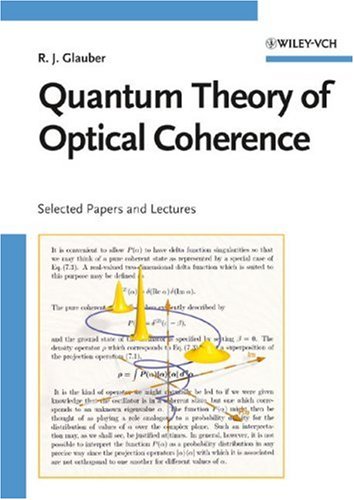
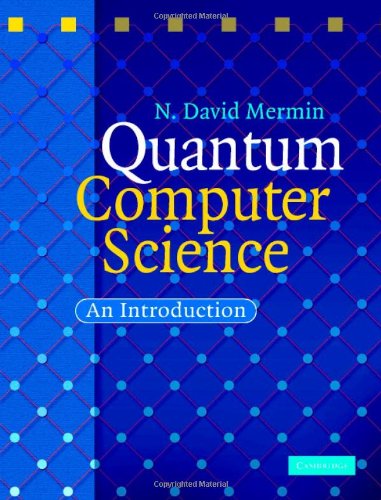
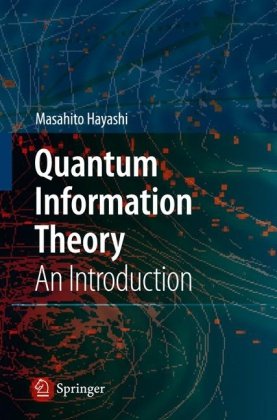
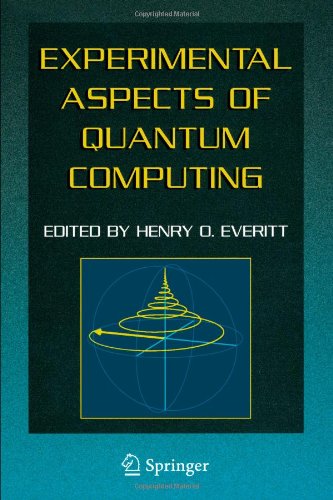
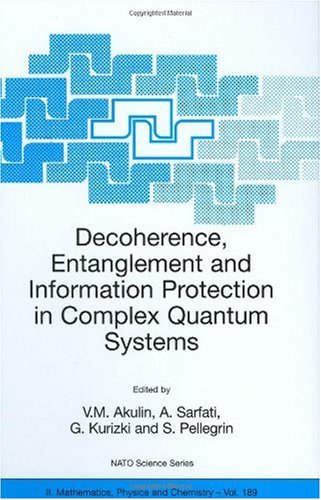
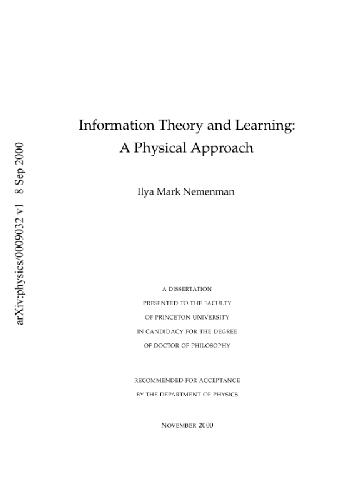
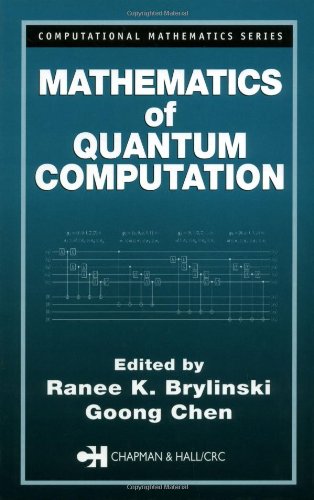
Reviews
There are no reviews yet.